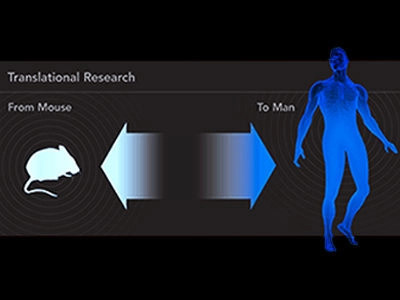
The fundamental goal of basic science (pre-clinical) research is to translate what we learn in cells and animal models to human physiology and human disease states. Today, it's not uncommon to hear terms such as “Knowledge Translation” and “Translational Research”. Recently, Petri et al. published a nice paper that showed this progression with clinical results using our Vevo Imaging System. They sought to determine if photoacoustics (PA) can be used on patients to measure oxygen saturation in chronic ulcers before and after treatment with a hemoglobin spray.
It has been previously shown that blood flow and oxygen saturation are decreased in chronic leg ulcers, leading to impaired wound healing, and application of oxygen seems to improve the wound healing process. Hemoglobin sprays are used to treat wounds because they function to increase oxygen transport throughout the affected area. In their study, Petri et al. used PA to measure oxygen saturation throughout leg ulcers and to confirm the method of action and effectiveness of this treatment. Oxygen saturation was measured in 3D with PA Mode before, and at two time-points after treatment (5min and 20min). What they saw was a dramatic increase in oxygen saturation, detected with PA, after treatment with hemoglobin spray1.
This is an excellent example of knowledge translation; PA has been used to assess oxygen saturation in wound healing in animal models previously and now it has been used in patients!
1Petri, M. et al. Photoacoustic imaging of real-time oxygen changes in chronic leg ulcers after topical application of a hemoglobin spray: a pilot study. J. Wound Care 25, 87–91 (2016).